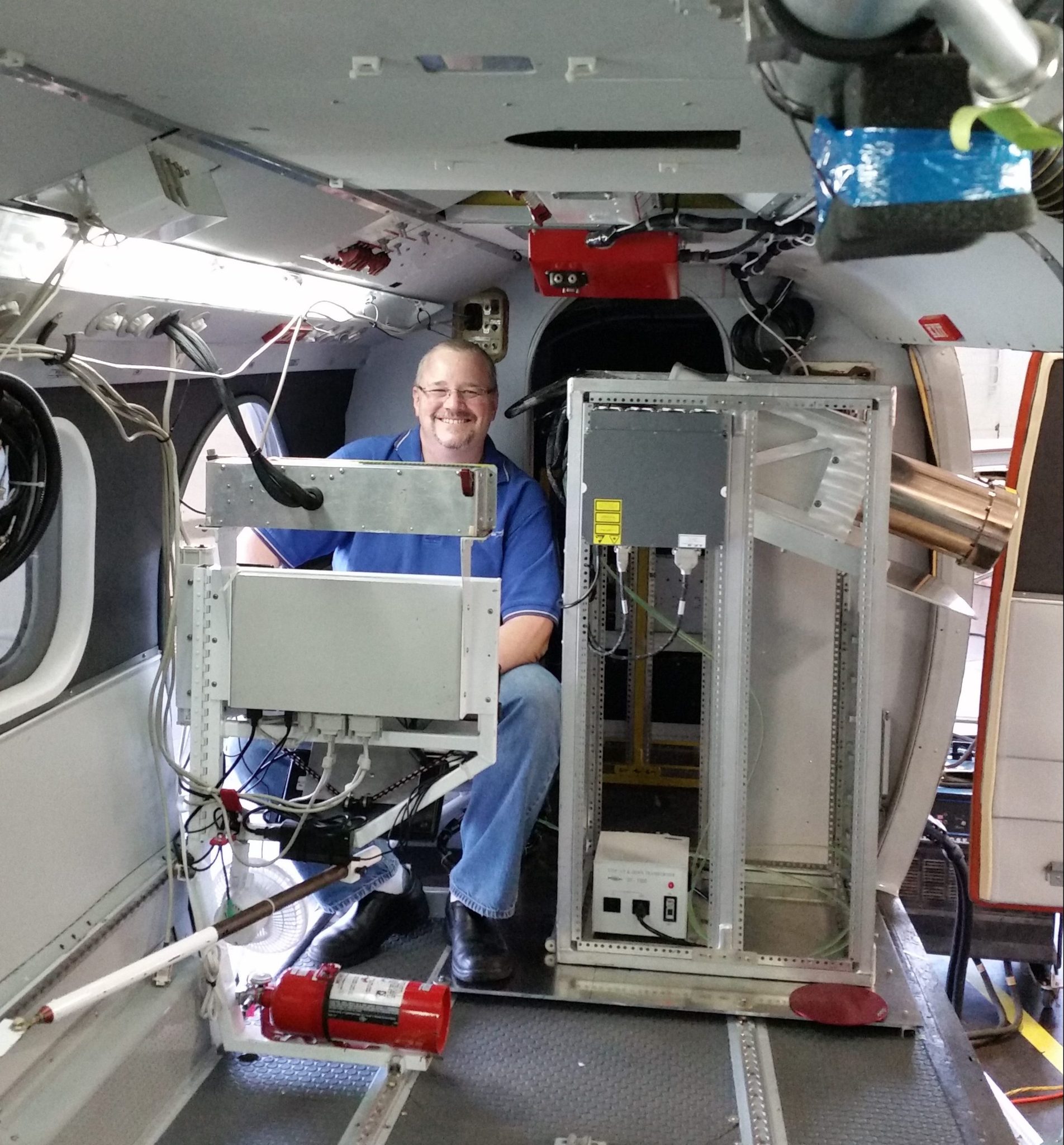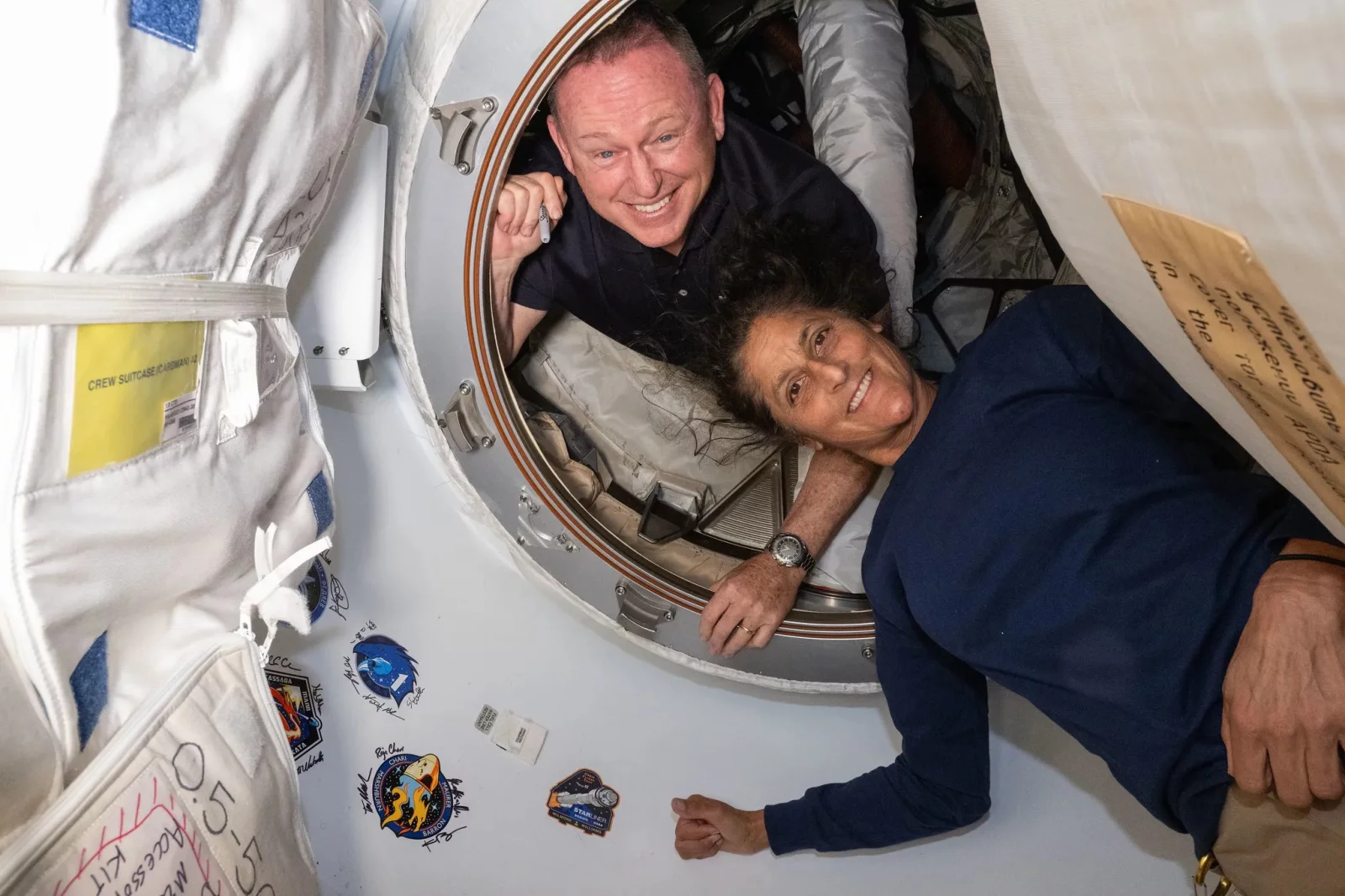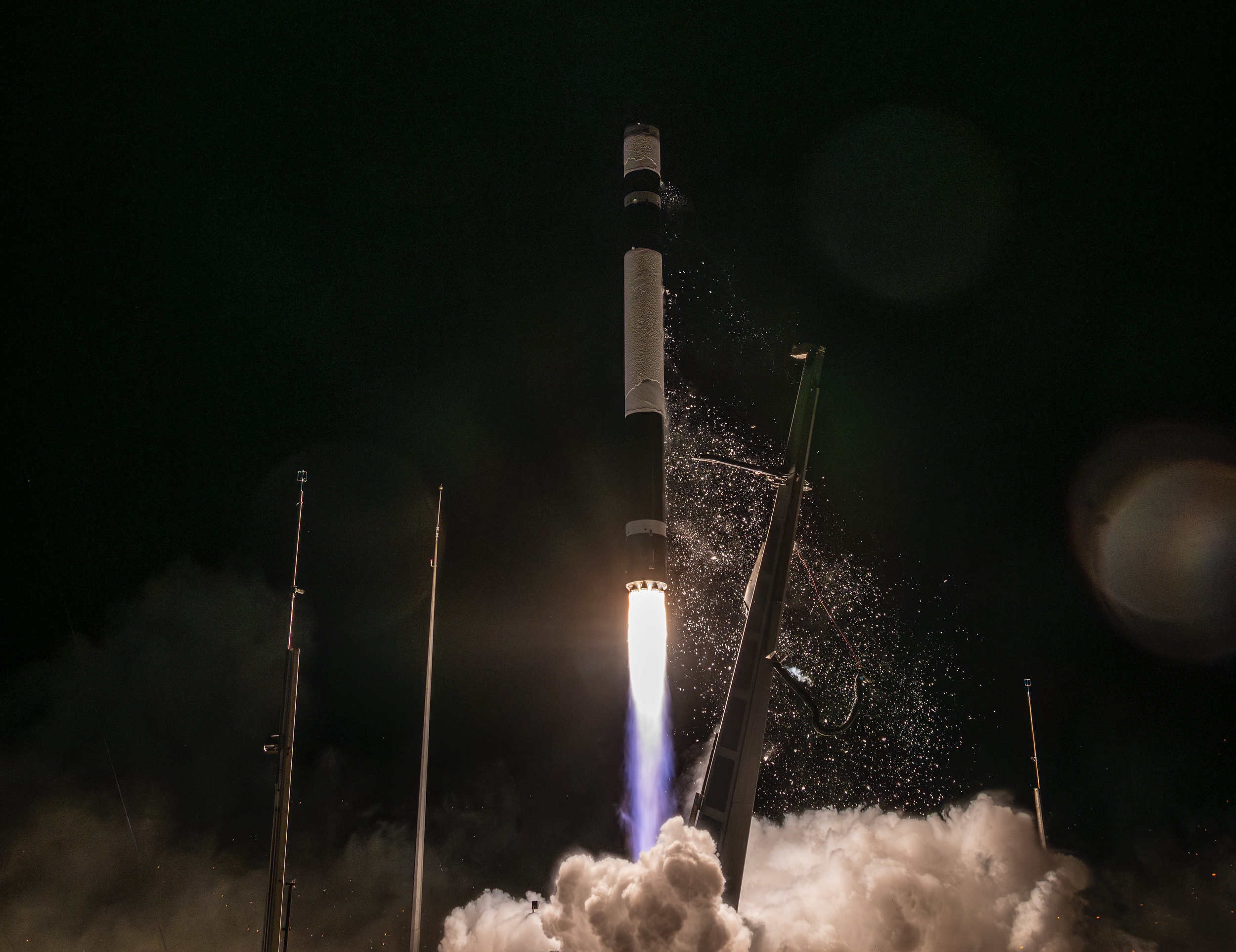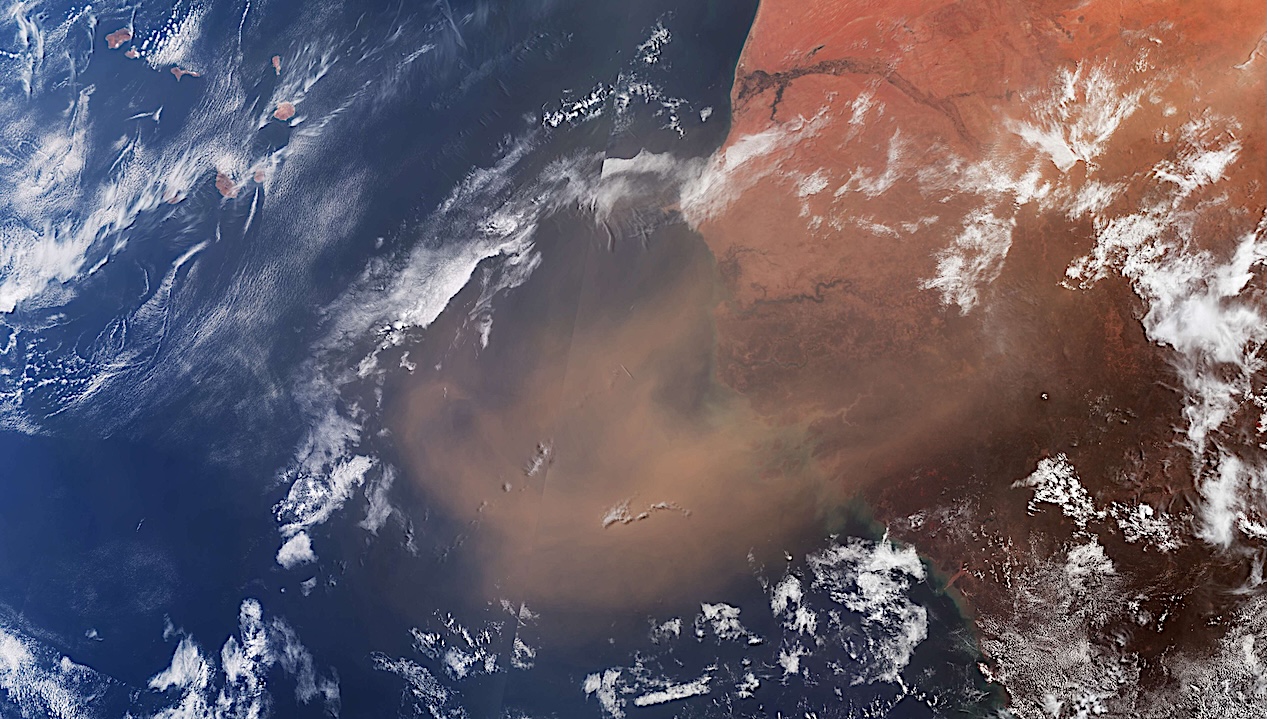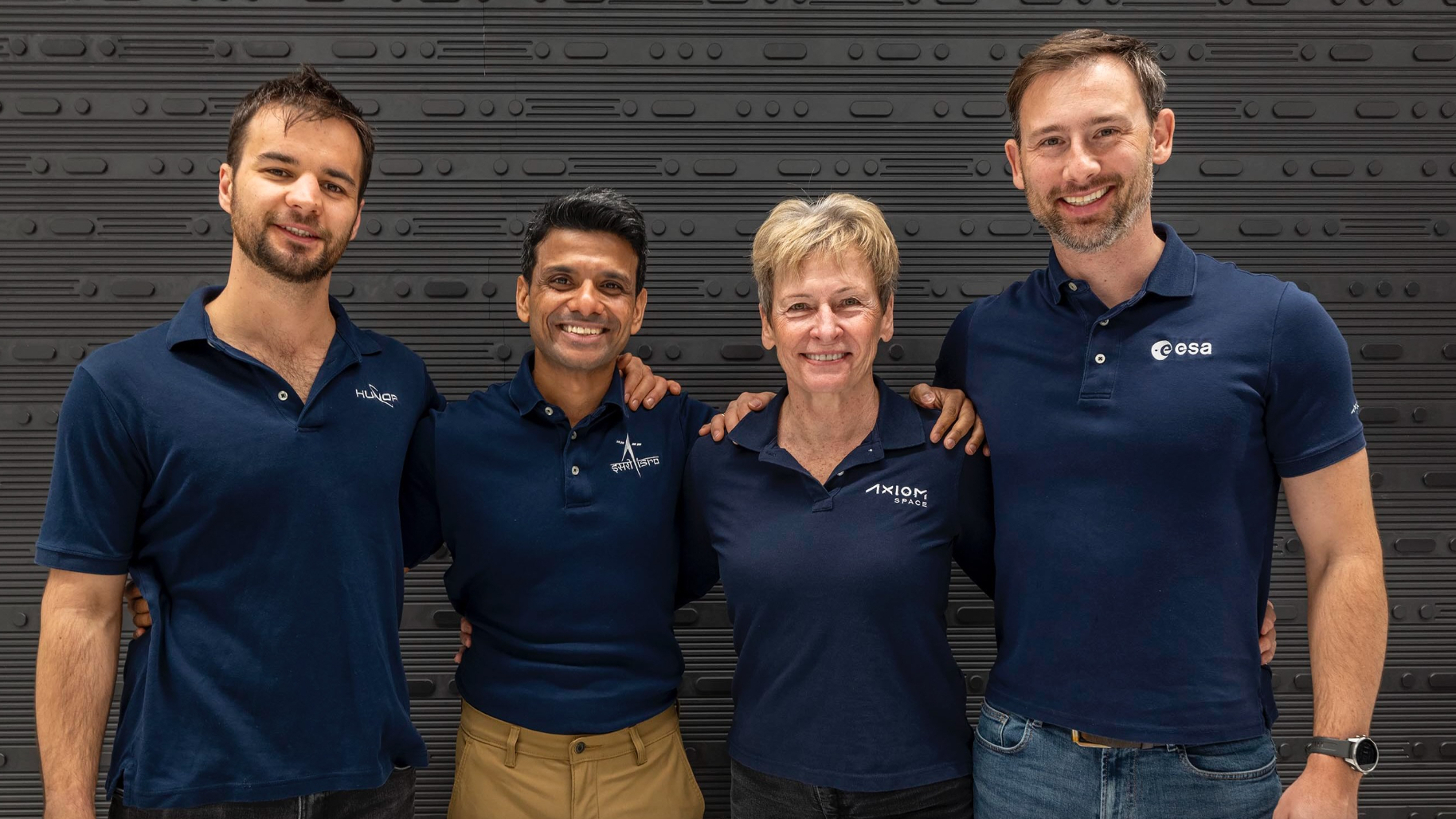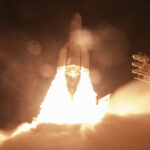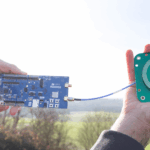WASHINGTON — Rocket Lab says its planned acquisition of a German optical communications supplier is key to its plans for both bidding on large constellations and eventually developing its own.
Hot Posts185- Page
The launch of the Atomic Clock Ensemble in Space (ACES) on April 21, 2025, aboard a SpaceX Falcon 9 rocket, signifies a remarkable leap in our quest for precision in
Plot of predicted peak absorption opacity, τ (peak) , that would be observed at instrumental velocity resolution, against the integration time required to detect that absorption at S/N
Keith Barr was born only months before the historic Apollo 11 landing in 1969. While he was too young to witness that giant leap for mankind, the moment sparked a
Watch the replay of the media information session where ESA Director General Josef Aschbacher and ESA Council Chair Renato Krpoun (CH) brief journalists on the key decisions made during the
The saga of Butch Wilmore and Suni Williams, who found themselves in a prolonged stay aboard the International Space Station (ISS), offers just a glimpse into the rich tapestry of
WASHINGTON — Rocket Lab launched the latest in a series of radar imaging satellites for a Japanese company May 17. An Electron rocket lifted off from Pad A at the
A thick plume of sand and dust from the Sahara Desert is seen in these images blowing from the west coast of Africa across the Atlantic Ocean. Larger image Sandstorms,
The next astronaut mission to the International Space Station (ISS) will have a very international flavor — literally. That flight — known as Ax-4, because it’s the fourth crewed trip
Join our newsletter to get the latest military space news every Tuesday by veteran defense journalist Sandra Erwin. WASHINGTON — The U.S. Space Force awarded a $259 million contract to
-
 012024 in Review: Highlights from NASA in Silicon Valley
012024 in Review: Highlights from NASA in Silicon Valley -
 02Panasonic Leica Summilux DG 15mm f/1.7 ASPH review
02Panasonic Leica Summilux DG 15mm f/1.7 ASPH review -
 03From Polymerization-Enabled Folding and Assembly to Chemical Evolution: Key Processes for Emergence of Functional Polymers in the Origin of Life
03From Polymerization-Enabled Folding and Assembly to Chemical Evolution: Key Processes for Emergence of Functional Polymers in the Origin of Life -
 04How New NASA, India Earth Satellite NISAR Will See Earth
04How New NASA, India Earth Satellite NISAR Will See Earth -
 05And Thus Begins A New Year For Life On Earth
05And Thus Begins A New Year For Life On Earth -
 06Astronomy Activation Ambassadors: A New Era
06Astronomy Activation Ambassadors: A New Era -
07SpaceX launch surge helps set new global launch record in 2024


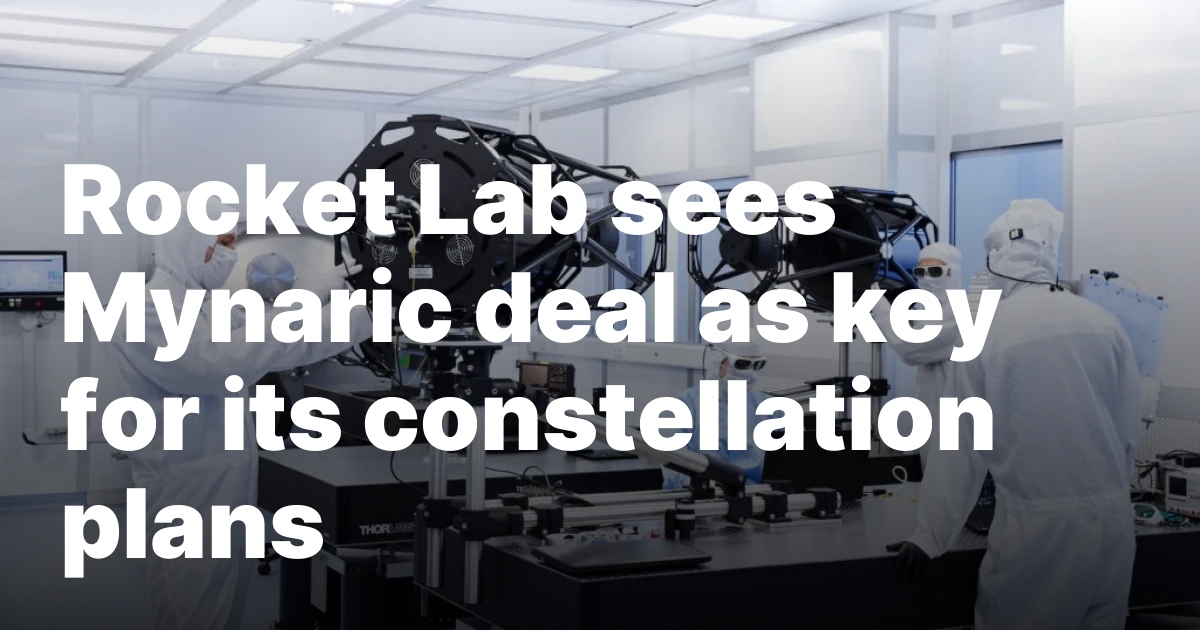
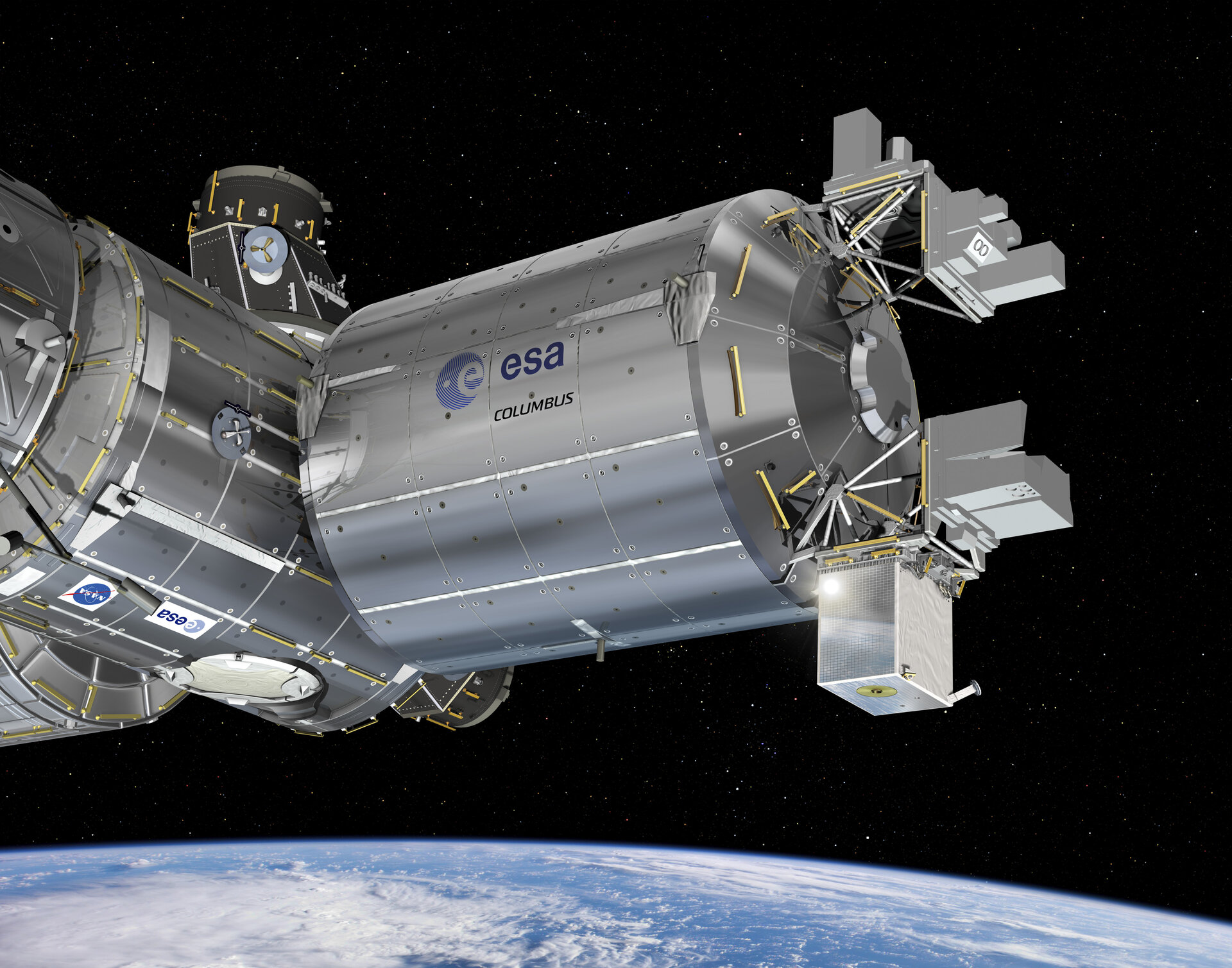
![Measuring Interstellar Carbon Abundance via 158 um [CII] Absorption with SOFIA](https://flyingtomars.com/wp-content/uploads/2025/05/measuring-interstellar-carbon-abundance-via-158-um-cii-absorption-with-sofia.png)
